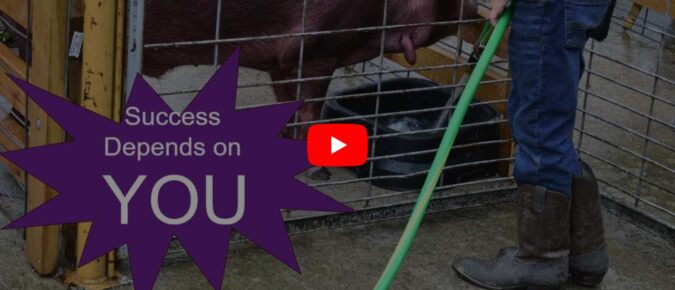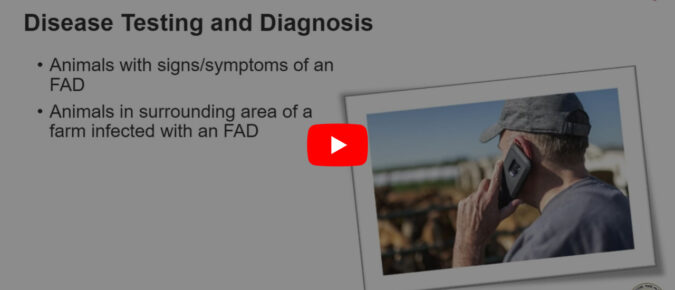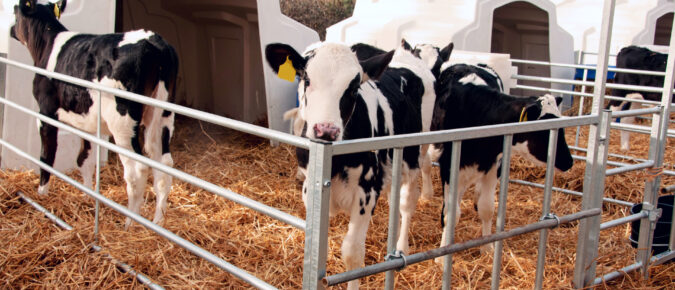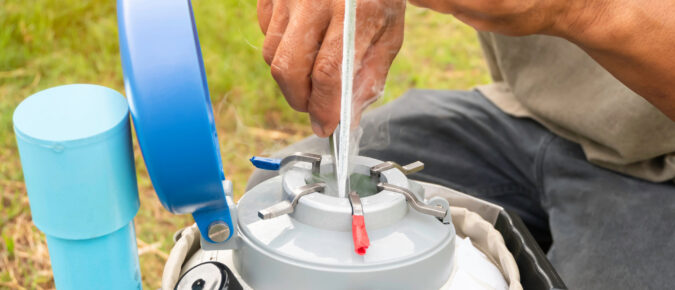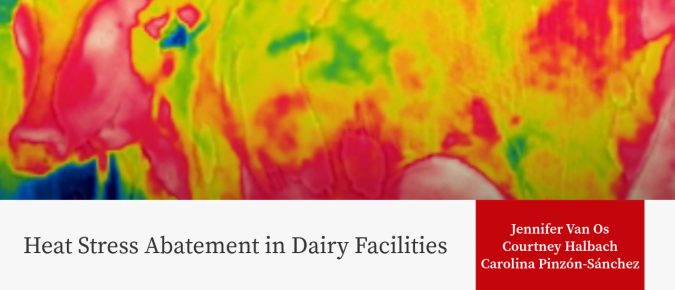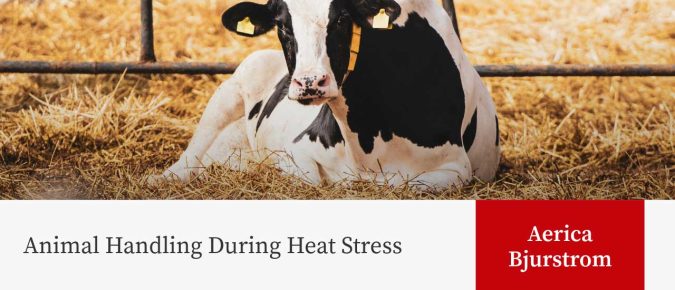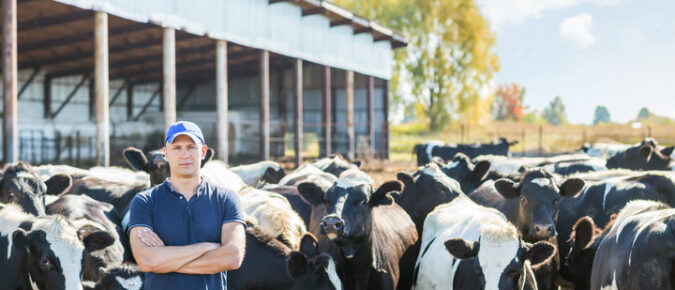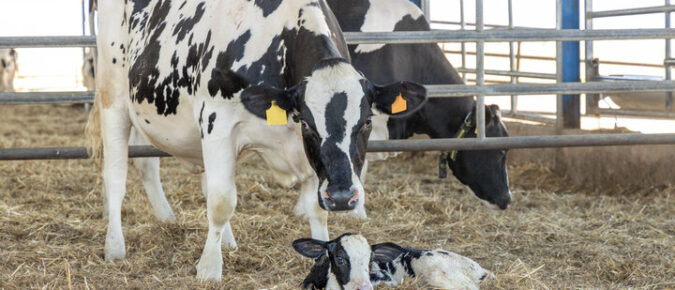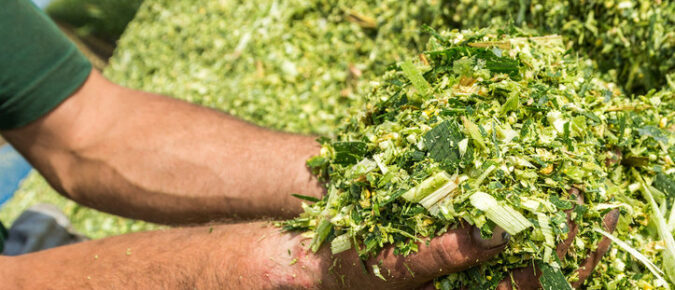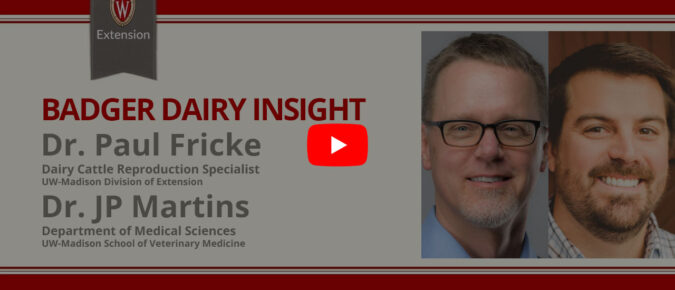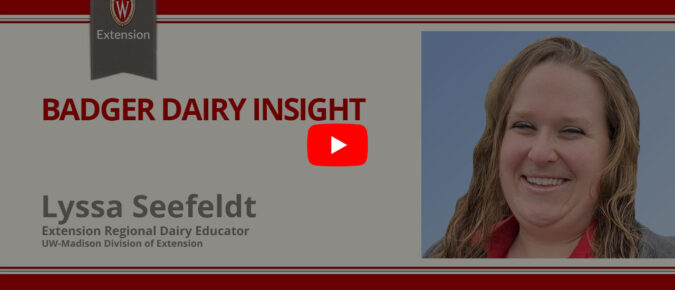Articles
▶️ Watch: Biosecurity Practices For Livestock At Fairs, Shows, And Exhibitions
This video outlines practices for biosecurity at fairs, shows, and exhibitions.
▶️ Watch: Biosecurity During a Disease Outbreak
This video provides an overview of biosecurity during disease response.
Water: A critical and undervalued nutrient in dairy calves
Water contributes to 75 percent of the body weight in calves, making this nutrient an essential daily requirement.
Proper semen handling for improved fertility in bovines and other livestock
Proper semen handling requires being comfortable with a liquid nitrogen tank so you can work quickly and effectively to avoid damaging frozen semen.
Heat Stress Abatement in Dairy Facilities
When cows are heat stressed, they eat less, produce less milk, have reduced immune function and higher SCC, and show reduced fertility. A spike in lameness often follows the hot season.
Animal Handling During Heat Stress
Combating heat stress in the herd requires an action plan to prevent heat stress and address heat stress-related issues.
Dairy Cow Stress and Strain: Impacts on Reproduction
Why do cows that face a common challenge (Stress) respond differently to it (Strain), and how do managers capitalize on this?
Activity Monitoring Technology for Reproductive Management of Dairy Cows
Advances in activity monitoring technology have taken electronic estrus (heat) detection from concept to reality on more dairy farms today. This is of significance because estrus detection has historically been a challenging task.
MILK2024 – Background and Guide
Information on the evaluation of the nutritive value of corn silage or corn hybrids for potential use in silage production.
Resources for Highly Pathogenic Avian Influenza (HPAI) H5N1 virus in Cattle
Highly Pathogenic Avian Influenza (HPAI) H5N1 virus is an emerging issue that poses a significant threat to the health and well-being of dairy herds.
▶️ Watch: Strategies for improving reproduction in dairy herds
Dr. Paul Fricke and Dr. JP Martins discuss optimizing the use of sexed and beef semen in dairy herds, managing heifer growth and reproduction, and optimizing re-synchronization programs in lactating dairy cows.
▶️ Watch: Fats in the dairy diet
Lyssa Seefeldt discusses the use of fats in dairy rations, how fats are digested & metabolized, types of fats, and potential limitations of using various fats in dairy diets.

